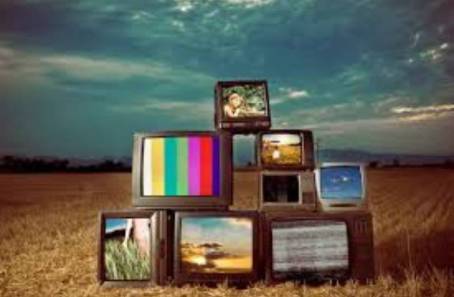Streaming is going through a change—the number of users is going down and the big players are trying to get together—but the long-awaited dream of making money finally seems possible (especially for Netflix).
So now is a great time for The New York Times to talk to some of the biggest names in the business about what they think will happen next. These people include Ted Sarandos, co-CEO of Netflix, Mike Hopkins, head of Amazon Prime Video, and Barry Diller, chairman of IAC.
A lot of people seemed to agree on the main points: there should be more ads, higher prices, and fewer big swings on premium TV. Rather than growth at all costs, these changes are all linked by the move toward making money. It turns out that many streaming services’ starting prices were too low to be sustainable. Prices have been steadily going up, and the streaming companies have also made subscriptions cheaper for people who are ready to watch ads.
Some executives told The Times that streamers will keep raising the prices for the tiers with ads in order to get more people to sign up for packages with ads instead.
As ad-supported streaming grows, it could also change the movies and TV shows that are made, since advertisers want to reach a wide audience. For example, when ad-supported network TV was at its peak, it had a lot of shows about doctors and cops, while subscription-supported HBO had more original shows.
Streaming is already going through this change, but execs say they’re not giving up on finding the next “Sopranos” or “House of Cards.” It’s been ten years since Sarandos said he wanted Netflix to “become HBO before HBO could become us.” He now says he wants Netflix to “do prestige TV at scale,” but he also says, “We don’t only do prestige.”
Hopkins also said that Procedures and other tried-and-true forms work well for Prime Video, but they also need big swings that make people say, “Wow, I can’t believe that just happened,” and that they will tell their friends about.
Other predictions that aren’t too surprising include more money being put into live sports (“the simplest and most interesting thing,” according to Warner Bros. Discovery board member John Malone), more bundles, and some services going away or merging. It looks like the executives all agreed that streamers need at least 200 million users to be “big enough to compete,” as Bob Chapek, the former CEO of Disney, put it.
Some of those changes are good, but they make it seem like streaming won’t be that different from the old cable TV system, at least in the way that the people running the business now see it. On-demand watching is one thing that will get better, but pay for writers, actors, and other talent will get worse, and there may be new people at the top. But it will feel like old TV in a lot of ways.
What do you say about this story? Visit Parhlo World For more.


